Sustainable Sippers
LOCAL WINEMAKERS KEEP BOTH THE PALATE AND THE PLANET IN MIND
By: Alex Ward
At its core, winemaking is an agricultural endeavor. Soil is tilled, vines are trained, grapes are grown, and the crop is picked. As winemakers have come to realize, however, these processes can have significant ecological and labor implications. Consequently, a growing interest in sustainable winemaking is spreading throughout the industry. And along the Central Coast, select vineyards have gone above and beyond to meet the stringent standards of the Sustainability in Practice (SIP) program.
To achieve SIP Certification, vineyards must fulfill requirements in a multitude of areas, including water and energy conservation, habitat preservation, and ethical business practices. The wines produced by SIP-Certified vineyards are born from a steadfast commitment to sustainability and are perfect for oenophiles who value both natural and human resources.
For Peter Work, grape grower and winemaker at Ampelos Vineyards and Cellars, the SIP Certification program inspires a more rigorous engagement with his craft. “It really made me look at all the different dimensions of farming,” says Work. “It makes you be much more structured in the ways you think about your farming operation and ways you can improve and get better over time.” The Ampelos vineyard, which is additionally certified in biodynamic and organic farming, stuns with its Ampelos 2016 Grenache, Sta. Rita Hills ($37, ampeloscellars.net), a deliciously fruity, natural wine redolent of strawberry and blueberries. Floral scents combine with subtle suggestions of black pepper and baking spice to produce a cool-climate grenache worthy of slow reflection.
Lafond Winery & Vineyards has become a must-visit destination for the growing demographic of consumers actively seeking sustainable wine. “We get a lot of people in the tasting room who are interested in the SIP program and appreciate that we take the time to do it,” says general manager David Lafond. The winery’s Lafond Vineyard 2017 Chardonnay, Sta. Rita Hills ($25, lafondwinery.com) is made from some of the oldest chardonnay vines in the vineyard, lending the wine a nuanced maturity and pleasing minerality. The bottle showcases a lovely bouquet of baked apple, citrus, and vanilla with hints of stone fruit and oak on the palate. This is a tantalizing full-bodied white that is well suited for a meal of roasted chicken, white fish, or creamy vegetable soup.
In an effort to preserve the environment, Opolo employs sustainable methods in both its winery and vineyard operations, including the recycling of water by way of a two-tank wetlands system. Opolo 2017 Tempranillo, Paso Robles ($30, opolo.com) provides notes of nutmeg and toasted clove that run alongside dried fig, rawhide, and maraschino on the nose. Firm with seemingly chewable tannins, it would hold up well against spicy foods and make a fine partner for Southwestern cuisine, such as shredded chicken in a red mole sauce.
Talley Vineyards has been bottling its signature pinot noir since 1986, which marked the first instance of the varietal’s production in coastal San Luis Obispo County. Today, the winery farms more than 150 SIP-Certified acres. Talley Vineyards 2018 Estate Pinot Noir, Arroyo Grande ($42, talleyvineyards.com) features fragrances of raspberry, cranberry, and delicate oak accompanied by tastes of juicy raspberry and Rainier cherry that lead to a fresh red fruit finish. Fermented with natural yeast, this wine shows moderate acidity, easy accessibility, and would pair well with salmon or grilled chicken.
The J. Wilkes 2019 Petite Sirah, Paso Robles Highlands District ($50, jwilkes.com) delivers powerful aromatics of ripe cassis, violets, and cantaloupe. Flavors of lush blueberry and sugarplum are followed by black tea and tobacco. Well structured and nicely balanced, this sustainably produced red would pair admirably with a steak or grilled portobello mushroom. “I strongly believe the closer we get to an organic model in the vineyards,” says consulting winemaker Wes Hagen, “the better the wines represent the space, time, and soil in which they were nurtured.”

